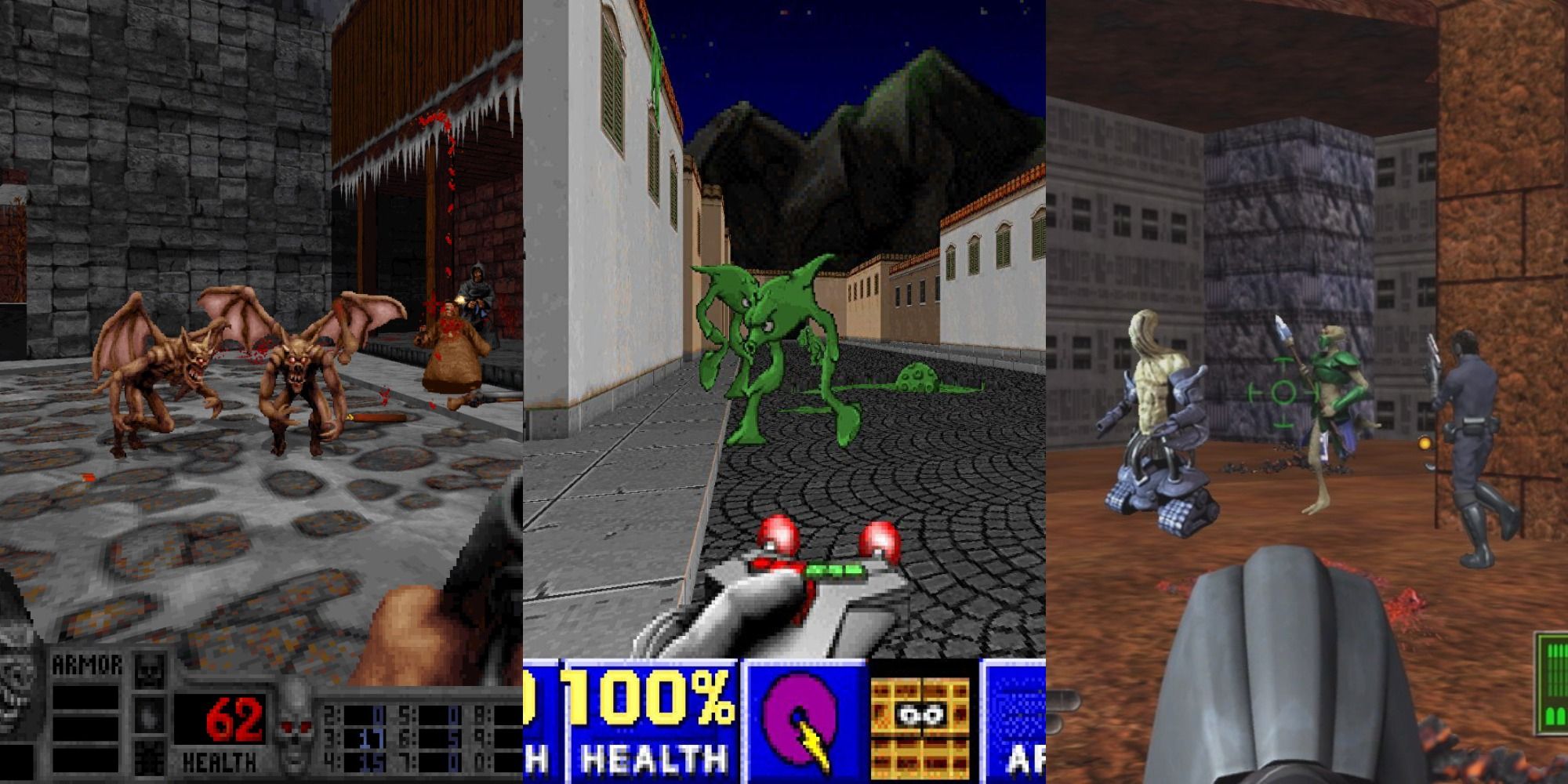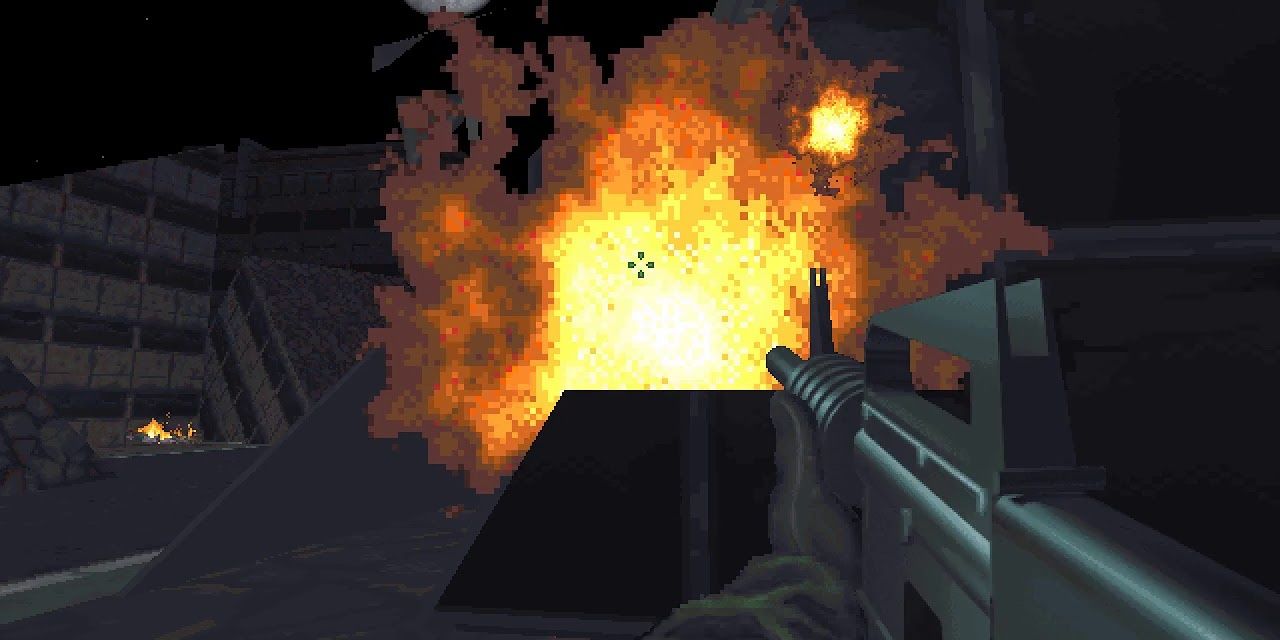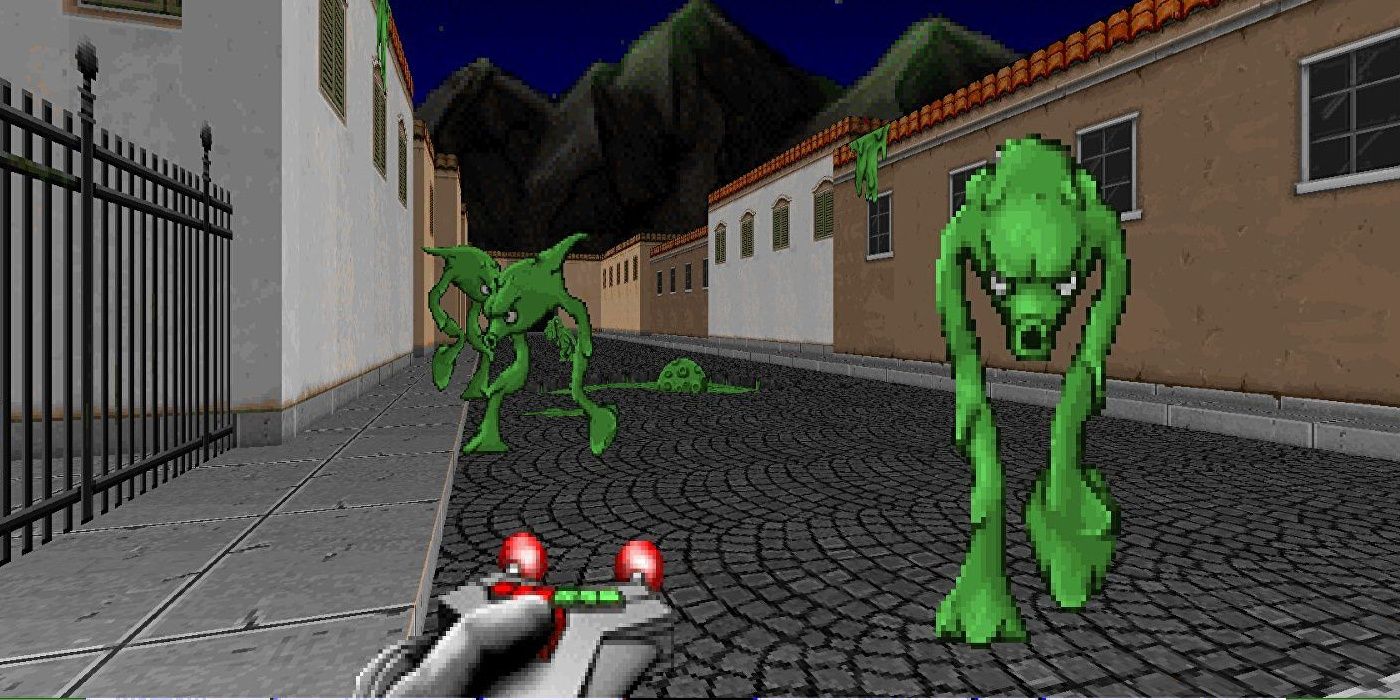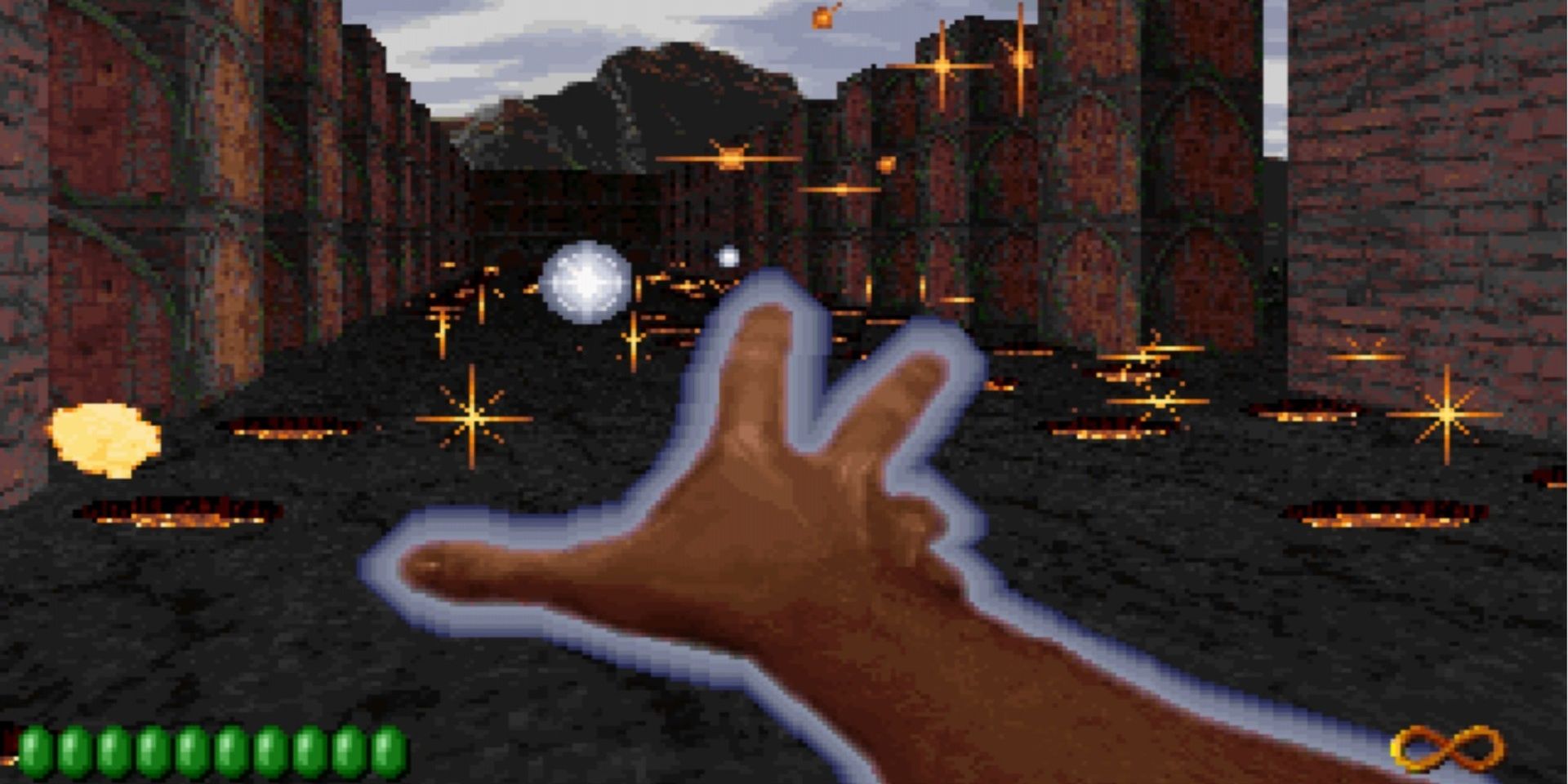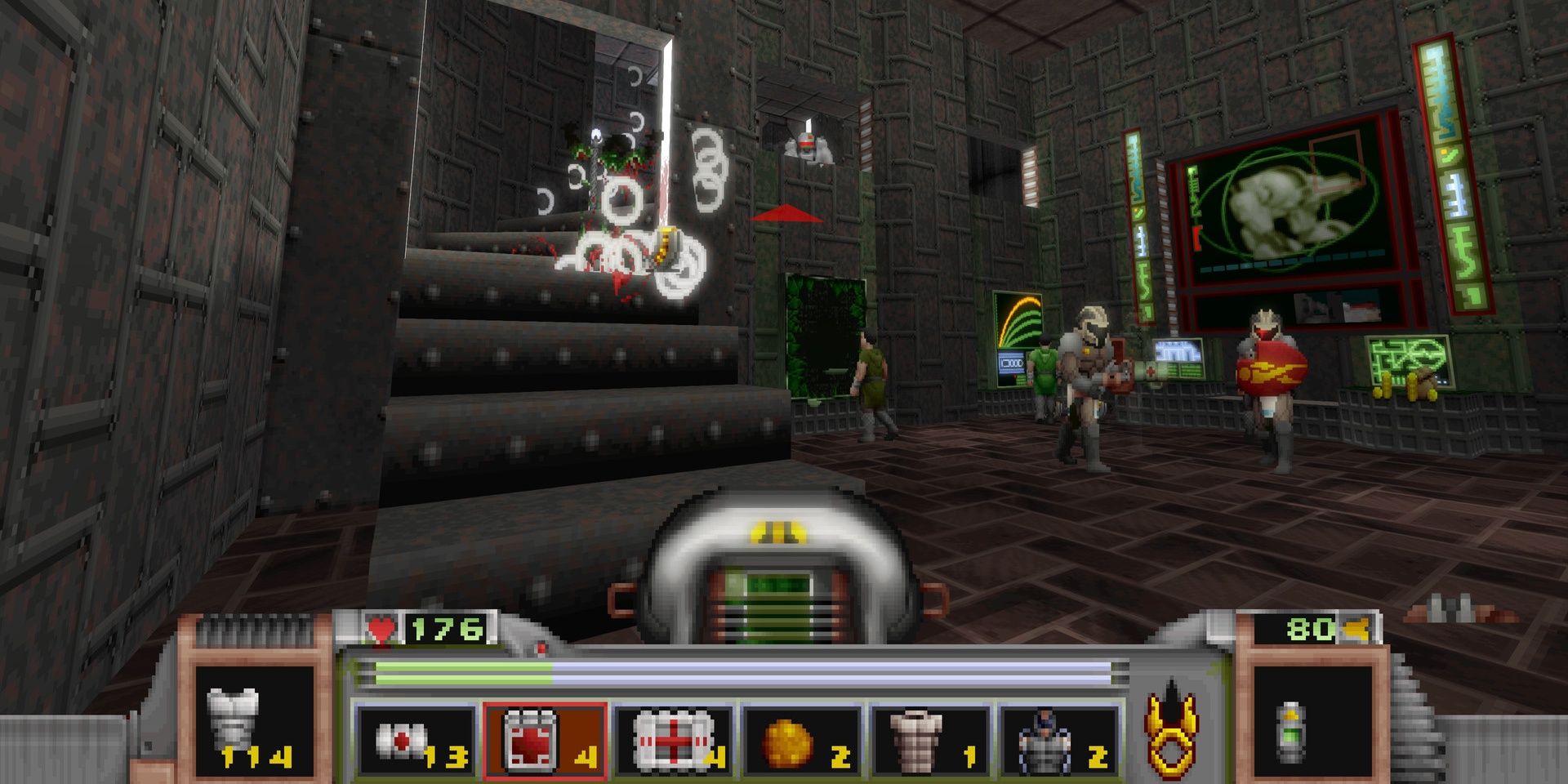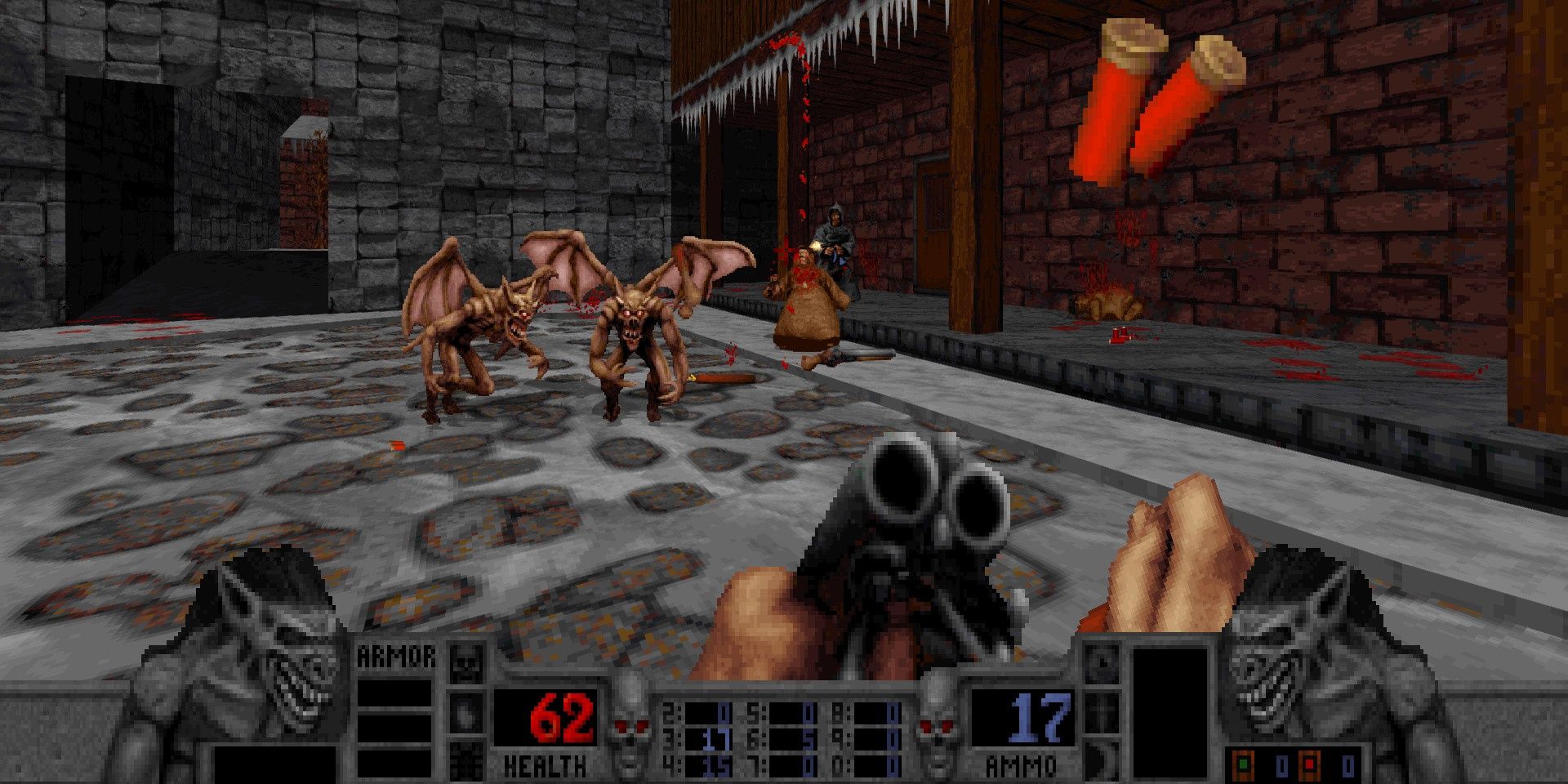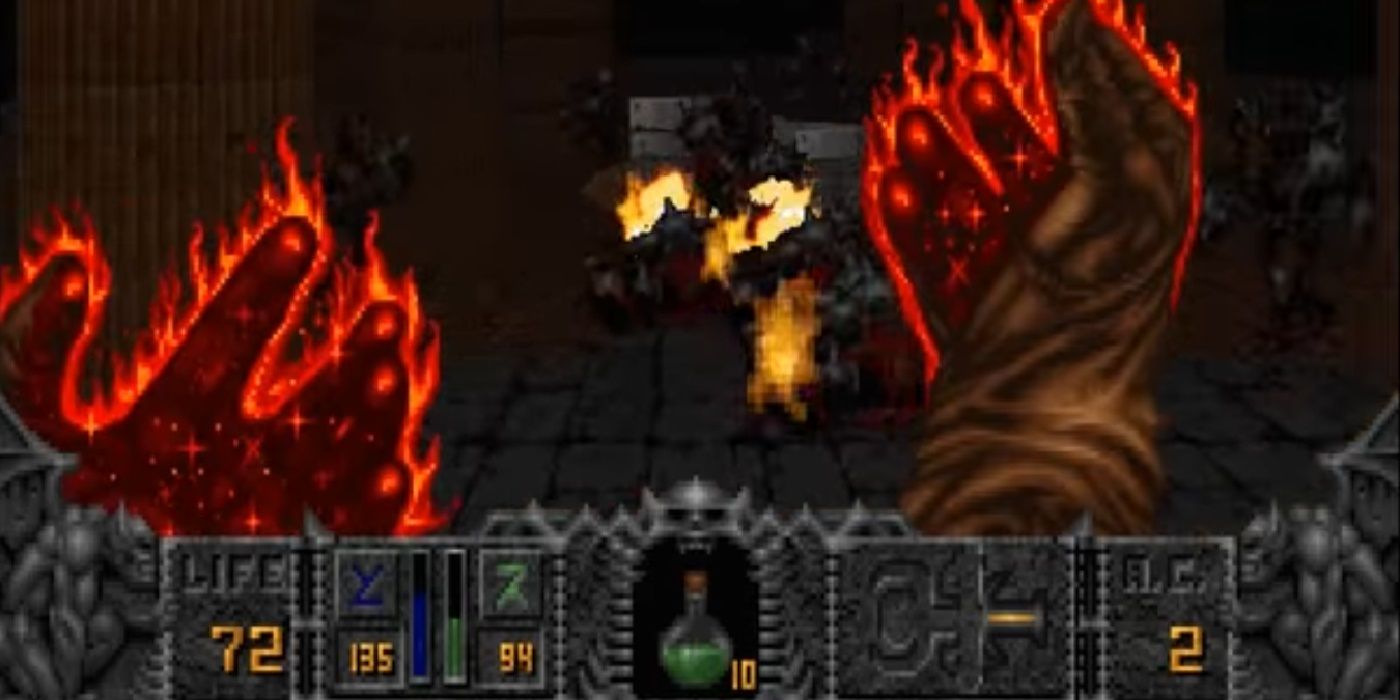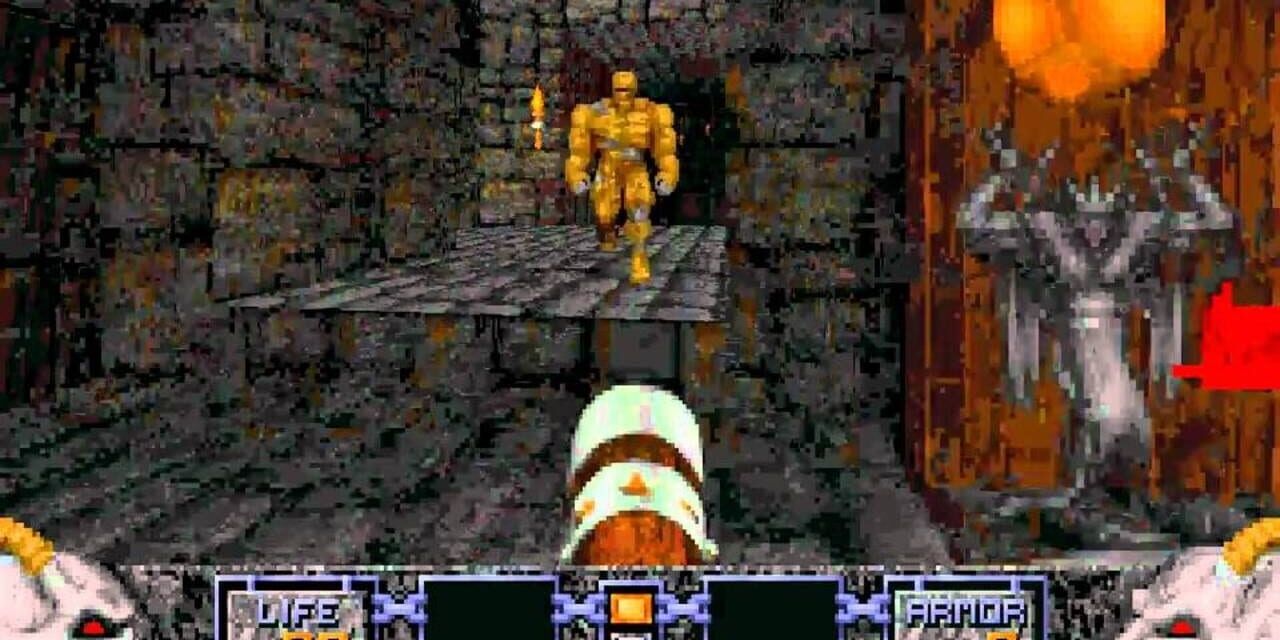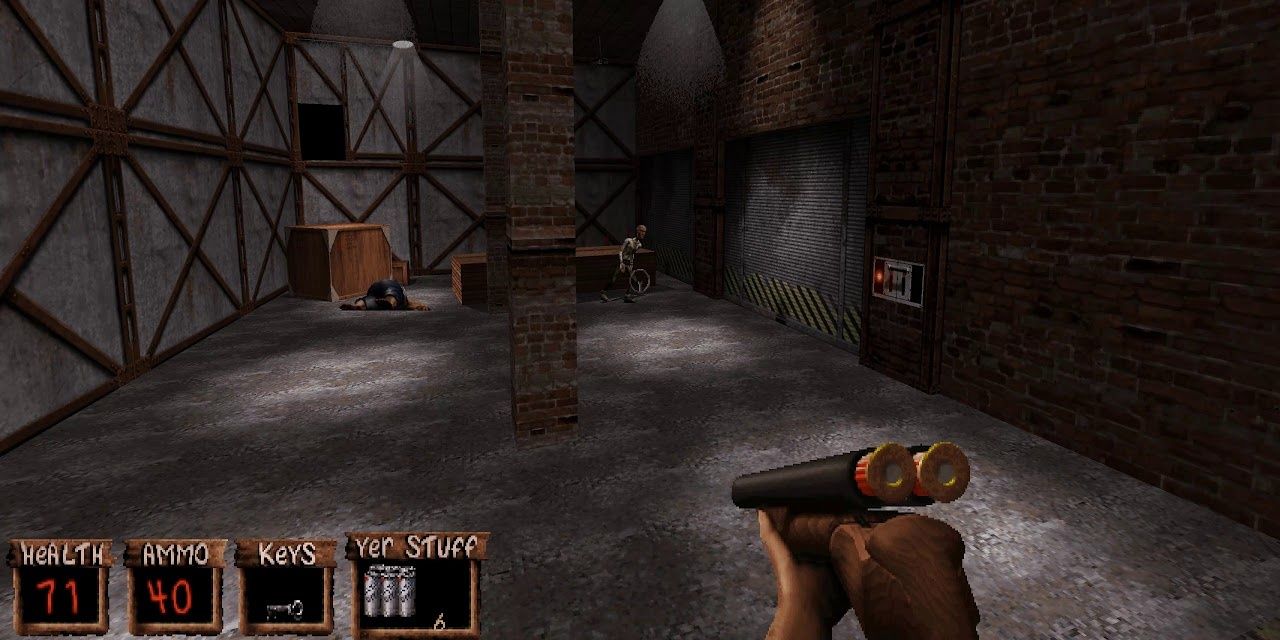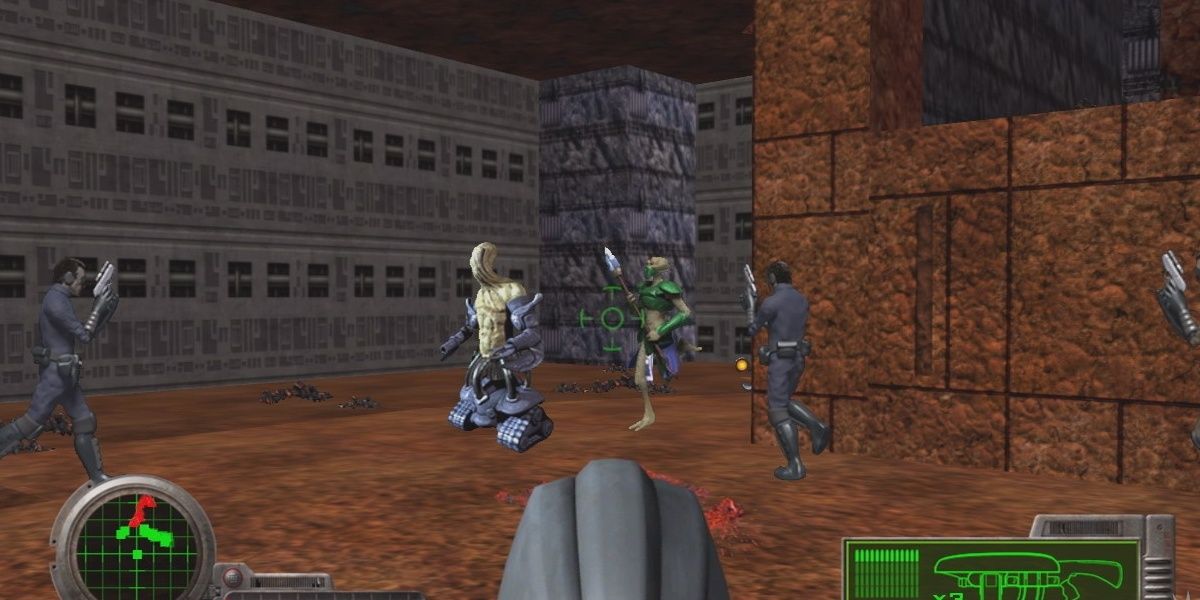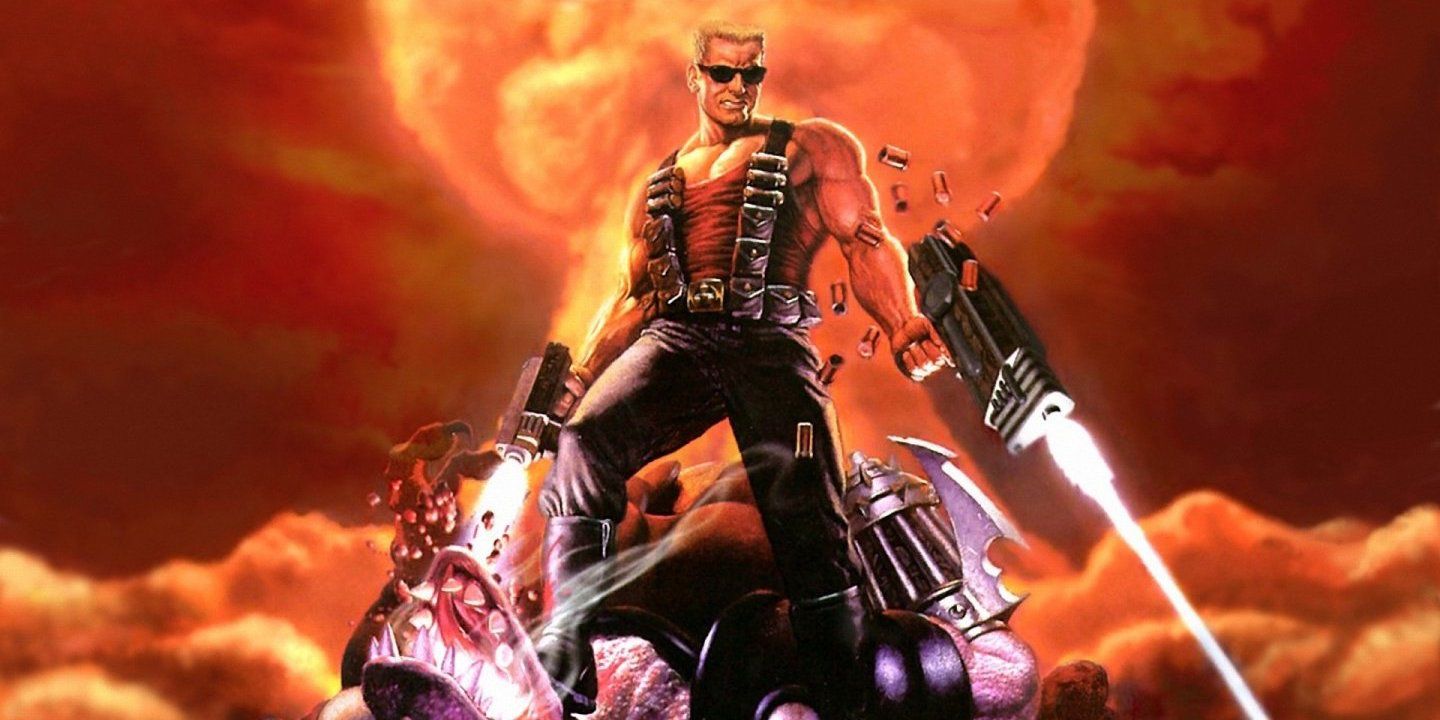Doom was a monumental success, and it quickly proved one of the most influential video games ever released. Originally released in December of 1993, Doom kickstarted a franchise that is still going strong to this day, popularized the concept of an online deathmatch, helped launch the first-person shooter genre, and gave rise to countless "clones" that tried (often in vain) to replicate its success.
And while most of the so-called "Doom clones" were forgettable affairs, a small handful actually made for respectable titles on their own. While not nearly as popular as Doom, these games could proudly stand on their own.
Terminator: Future Shock (1995)
Terminator: Future Shock was one of the earliest titles developed by Bethesda - the first Fallout game was released two years later, and The Elder Scrolls: Arena one year prior. As its name suggests, Terminator: Future Shock takes place in the future (unlike the iconic movies).
Players are forced to both battle deadly robots and avoid areas rife with fatal amounts of radioactivity. It was a fun game, and it received high praise for its then-groundbreaking graphics. It's certainly one of the better video games to be based on a movie.
Chex Quest (1996)
Back in the 1990s, various video games could be found in boxes of cereal. It was meant to entice people into buying certain brands, and it encouraged children to eat a (relatively) healthy breakfast. Perhaps the greatest promotional game ever created was Chex Quest.
As the title suggests, this game could be found in boxes of Chex cereal throughout 1996. The game is essentially identical to Doom, only with cereal-based weapons and a protagonist known as the Chex Warrior. The game was surprisingly decent, and it still enjoys a dedicated cult following to this day.
Rise Of The Triad (1995)
One year prior to the release of Duke Nukem 3D, 3D Realms (then going by the name Apogee Software) released Rise of the Triad. It was a brilliant test run for better things to follow. The game actually began its life as a Wolfenstein sequel, complete with the working title Wolfenstein 3D: Rise of the Triad.
The Wolfenstein bit was obviously dropped later in development, and Rise of the Triad began life anew as a standalone entity. That said, it still contained the popular Wolfenstein 3D engine, ensuring the same smooth gameplay.
Strife (1996)
In Strife, players control a mercenary who fights back against a religious organization known as The Order which has taken over the world. It was developed by Rogue Entertainment, who would later find greater success with Quake II in 1999.
It is also notable for being the last PC title to utilize the original Doom engine (officially known as id Tech 1). Strife introduced some role-playing mechanics into the formula (like unique character abilities), helping it stand apart from the hordes of Doom clones that populated the mid-'90s.
Blood (1997)
Unlike Strife, which took the Doom clone genre into role-playing territory, Blood was a straight-up first-person shooter. And, as its title suggests, it also contained lots and lots of blood. Blood featured some unique weapons, including a Voodoo doll and an aerosol can that players could turn into a makeshift flamethrower.
The enemies are undead creatures fighting for their master Tchernobog, a God of bad fate worshipped by a West Slavic tribe known as the Polabian Slavs.
Hexen: Beyond Heretic (1995)
This game's title comes from the German word "hexen", meaning "witches". It is suitably fitting, considering the game's high fantasy setting. Deftly blending fantasy with the first-person shooter genre, Hexen took place in a wide array of typical fantasy settings, including castles and dungeons.
It was developed by Raven Software, who would eventually go on to make the Soldier of Fortune games. The game is well worth playing (even today) for its fantastical imagination and unique character-based gameplay.
Heretic (1994)
Heretic is the predecessor of Hexen: Beyond Heretic, having originally released in December of 1994. Like its spiritual successor, Heretic is a dark fantasy video game complete with fantastical properties like health potions and magical abilities.
It also introduced the concept of looking up and down - a frustrating and notable absence from the original Doom. Aside from that, the game is nearly identical to Doom, complete with weapons that are near virtual copies of the ones found in the classic first-person shooter.
Redneck Rampage (1997)
Serving as both a parody of the first-person genre and a unique example of it, Redneck Rampage is a video game with a hilarious hillbilly theme. The gameplay is very similar to that seen in Doom, only with everything containing a unique "redneck" twist.
For example, health is derived from pork rinds and booze, and moonshine provides the player with a brief boost of speed. Amazingly enough, this also had secondary effects on the gameplay itself, as eating too much food made the character bloated and drinking too much made them drunk and uncoordinated.
Marathon (1994)
Marathon was developed by Bungie, and in many ways, it serves as a spiritual predecessor to their iconic Halo: Combat Evolved. Like Halo, Marathon is a first-person shooter containing heavy elements of science fiction.
Like Halo, Marathon has a strong emphasis on story and world-building (an aspect that greatly sets it apart from the countless Doom clones of the time). And like Halo, Marathon contained a brilliant multiplayer component playable through linked PCs. It was a great game in its own right, and it heralded fantastic things to come.
Duke Nukem 3D (1996)
Perhaps the most famous Doom clone of all time is Duke Nukem 3D. Developed by 3D Realms, 3D served as the third entry in the popular Duke Nukem series, although the previous two were side scrollers similar to popular arcade games of the time.
Duke Nukem 3D took the franchise into first person, largely identifying itself after Doom and its gameplay. The game generated instant acclaim thanks to its gameplay and unique sense of humor - a sense of humor noticeably absent from the Doom titles.

